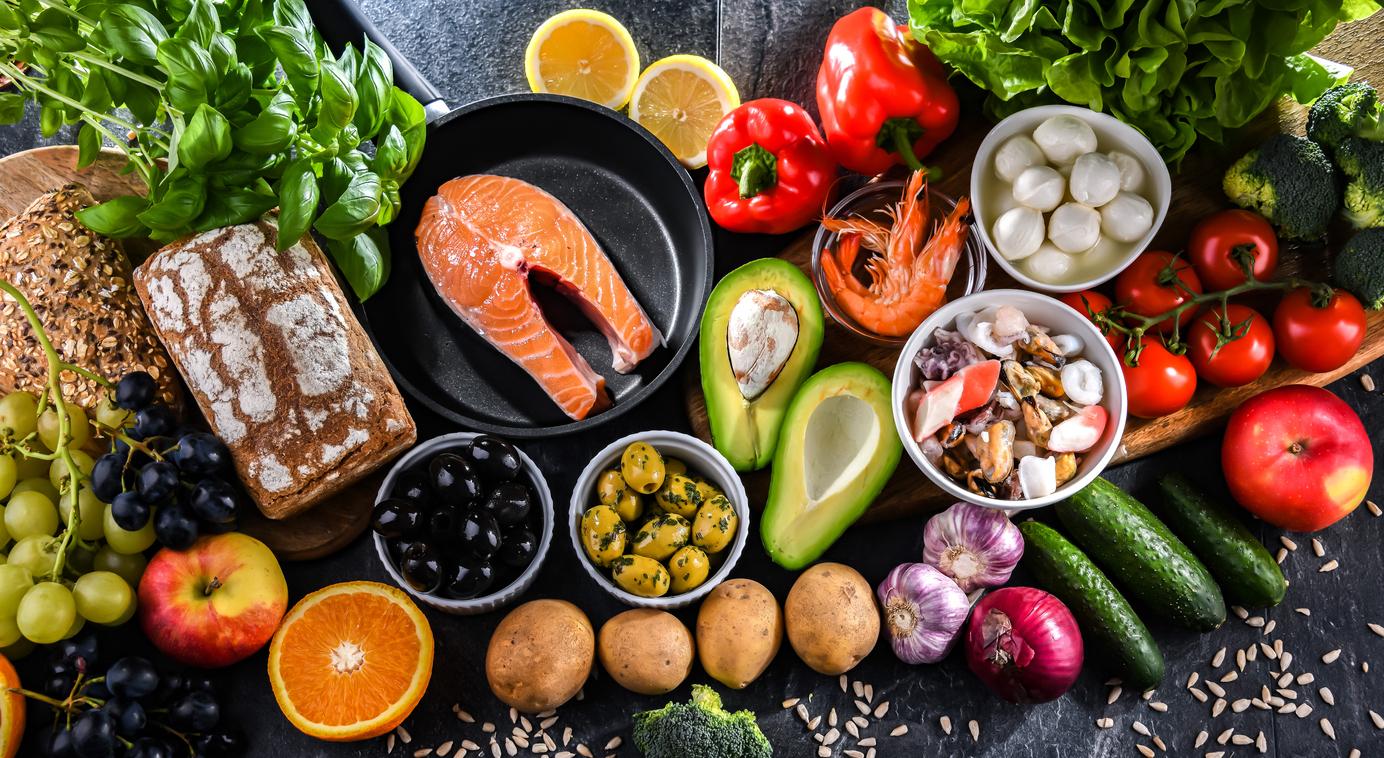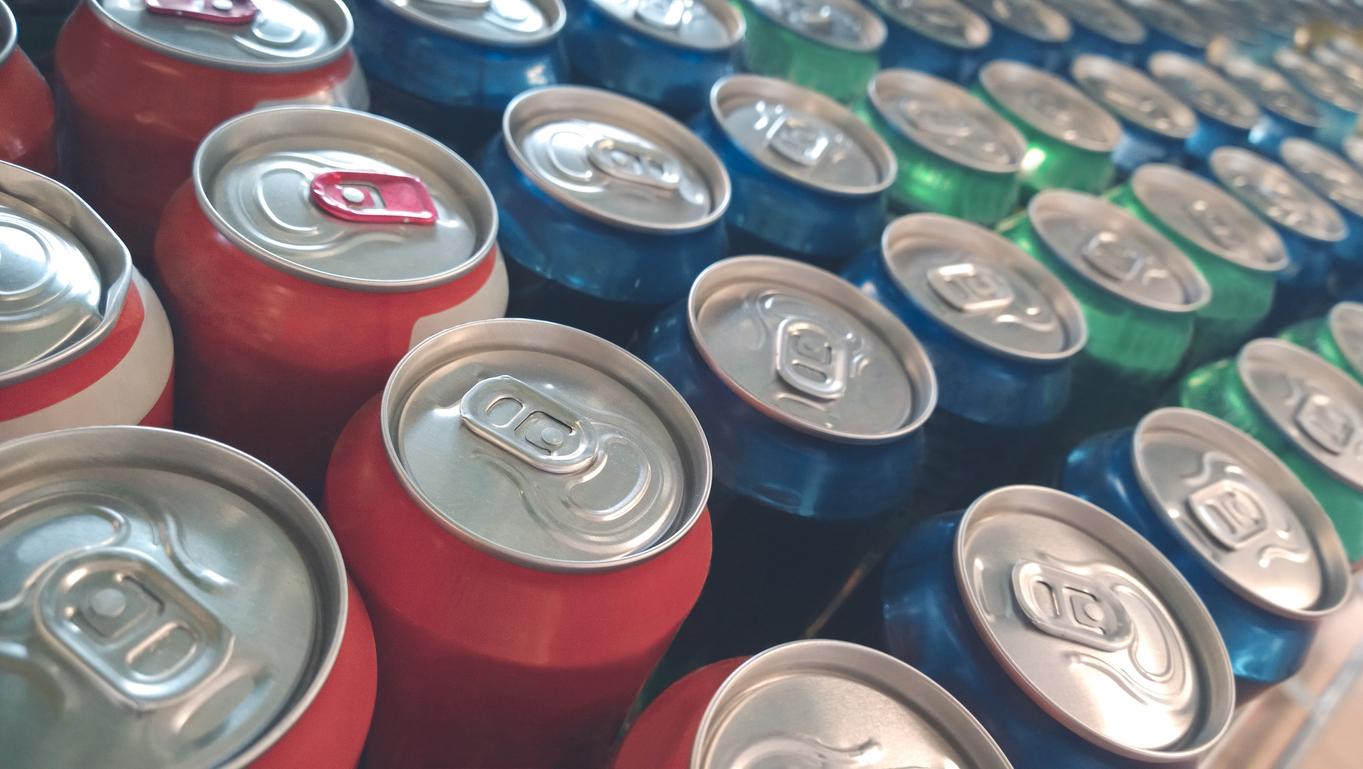Glucose-fructose syrup, also known under the name of corn syrup, is an industrial food obtained from an extreme “cracking”, that of corn.

“And everything about fructose, corn syrup, I prefer not to talk about it. Because there is a lot of controversy around all that”. Yesterday, the excellent survey Special Envoy filmed an industrialist uncomfortable with one of his ultra-processed products: glucose-fructose syrup, also known as corn syrup.
This industrial food comes from a “cracking” taken to the extreme, that of corn. Thanks to different chemical (catalysis) or mechanical (heat, membranes) processes, cracking breaks an organic molecule into several elements having a significant commercial value, the sum of these elements yielding more than the whole molecule.
Cheap calories to produce
“These ultra-processed foods, in fact, are cheap calories to produce,” explains on France Info INRA researcher Anthony Fardet. “They are unfortunately consumed by the poorest, who are the most obese and the most diabetic. We are in a commercial logic, we are no longer in a technology at the service of humans and food.”
Extremely violent for the pancreas, and suspected of promoting obesity, diabetes and non-alcoholic fatty liver disease (a disease linked to the accumulation of fat in the liver), glucose-fructose syrup is found in candies, waffles, sodas, biscuits filled with fruits, gingerbread, jams, flavored syrups, yogurts, dessert creams, ready meals, certain brands of surimi, sauces or even cold cuts … is often hidden in the endless list of ingredients that make up ultra-processed industrial products, under the barbaric name of “isoglucose” or “high fructose corn syrup (HFCS)”.
Fructose is only metabolized by the liver
“Fructose is not metabolized in the same way as glucose and its effects are therefore different”, specifies on point Anne-Françoise Burnol, biologist and research director at CNRS. “While glucose, the blood concentration of which is controlled by insulin, can be used by all body tissues, fructose is only metabolized by the liver and does not depend on the action of ‘insulin”.
Its consumption can also lead to resistance to the action of leptin, a hormone produced by adipose tissue, which acts in the brain to induce a feeling of fullness. In fact, it generates a real dependence.

.

















